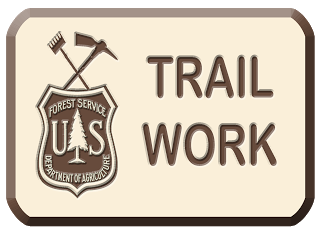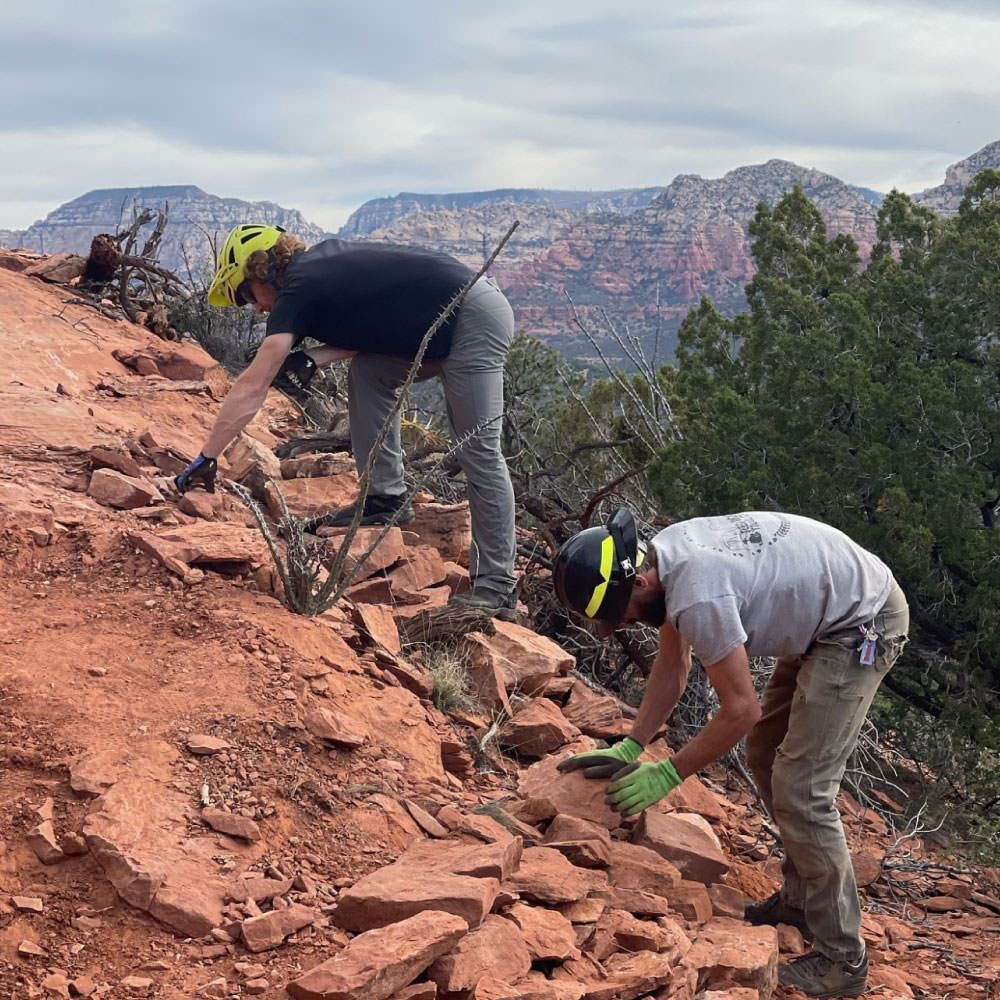
Get out and help build our future. New trails are ready for construction on the Red Rock Ranger District. The Lower Bones Trail is geared up and ready for construction. Below are the Dates.
Lower Bones Trail Construction Schedule
(Dead Horse Ranch Area Trails on CNF RRRD)
All Fridays - March, 15th, 22nd, 29th, April 5th, 12th, 19th and 26th
Trail work days will meet at the Lower Raptor Trailhead in Dead Horse State Park off of Roadrunner Road within the park. Entrance fees will be waived for volunteers.Volunteers need to come prepared and bring with them: a helmet if available (bike helmet will work), sun glasses, work gloves, drinking water, food, sun screen, a hat, long sleeved shirt, long pants, and wear boots with ankle support.
For more detailed information on locations and to share your interest, please call Doug Brown - (928) 202-9360



